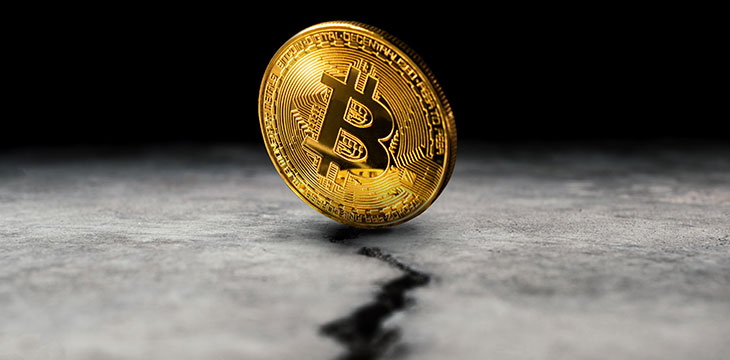|
Getting your Trinity Audio player ready...
|
Dr. Craig Wright has offered a piece on Medium that discusses digital token burning and how it can negatively impact the cryptocurrency industry. The piece provides a solid argument against burning, backing it up with a significant amount of data that shows the perils of the activity to the long-term stability of cryptocurrency.
Burning is a process that sends cryptocurrency tokens to an address that can never be used or accessed. There are a number of reasons why a certain blockchain ecosystem might consider burning coins, but the end result is the same—to try and create value in the remaining coins. However, what is going to happen, as Wright points out, is that the usefulness of the cryptocurrency is diminished.
Some like to make it appear that burning is backing. This is a fallacy that was created by those who don’t understand the financial implications of cryptocurrency, whose only function was to be used as cash. According to Wright, “In [Wormhole], the idea is that you “back” a token by destroying bitcoin. What is not considered is that you BACK a security using a redeemable item. That is, if you have a gold-backed note, you have the gold in a safe to be redeemed on demand. You cannot create a gold note by taking gold and throwing it into an active volcano to be consumed, or by using energy to [atomically] convert that gold to lead.”
A cryptocurrency name only gives an easy way to classify the underlying digital currency—no one would want to have to talk using 16-or 17-digit numbers all the time. But that number represents, in fact, the actual composition of the cryptocurrency ecosystem. Changing that composition changes the crypto’s foundation, which, of course, isn’t possible. When the foundation is changed, the cryptocurrency no longer exists; it becomes another digital currency.
Asserts Wright, “The first thing for developers to learn; you cannot add more [B]itcoin. Yes, you can code more numbers, just as you can alter the text in Hamlet. But, just as changing an author’s text makes it no longer the original, altering the number of individual tokens in Bitcoin means it is no longer Bitcoin.”
Nowhere has the confusion between burning and backing and adding or subtracting been more evident than with the creation of Wormhole. As Wright points out, “In burning [B]itcoins, a system such as WHC (Wormhole) takes Bitcoin, and uses this to mislead users who think they are being backed to receive a token that is on a separate chain that is completely unrelated to Bitcoin. This is a SHAM or a common ‘bait and switch’. The purchaser of a WHC is misled into believing they receive a WHC that is ‘backed’ by a BCH token. The truth is that WHC is a one-way function. It is not backed at all.”
This distinction is important because, as the cryptocurrency ecosystem changes, some are willing to attempt to introduce new traits that take away from the entire value of the cryptocurrency. It’s important that developers remember what purpose cryptocurrency was designed to address and concentrate their efforts in ensuring that vision—and not their own—is fulfilled.

 12-24-2025
12-24-2025 




